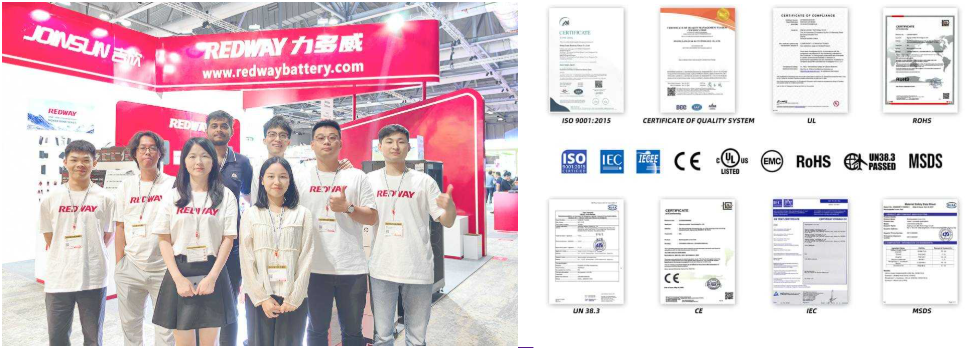A battery efficiency test evaluates how effectively a battery converts stored energy into usable power. This test measures various performance metrics, including capacity, discharge rates, and overall energy loss during operation. Understanding these metrics is crucial for optimizing battery performance and longevity.
What is a battery efficiency test?
A battery efficiency test assesses the ability of a battery to deliver power relative to the energy stored within it. The test typically involves charging the battery to full capacity and then discharging it under controlled conditions to measure how much energy can be retrieved compared to what was put in. The results help determine the overall health and performance of the battery.Chart: Overview of Battery Efficiency Testing
| Test Component | Description |
|---|---|
| Charge Cycle | Full charge followed by controlled discharge |
| Energy Input | Total energy supplied during charging |
| Energy Output | Total energy retrieved during discharge |
How is battery efficiency measured?
Battery efficiency is usually expressed as a percentage and calculated using the formula:
Wholesale lithium golf cart batteries with 10-year life? Check here.
Where:
- Energy Output is the total energy retrieved during discharge.
- Energy Input is the total energy supplied during charging.
For example, if a battery receives 100 Wh during charging and delivers 90 Wh during discharge, its efficiency would be:
Want OEM lithium forklift batteries at wholesale prices? Check here.
Chart: Example of Battery Efficiency Calculation
| Energy Input (Wh) | Energy Output (Wh) | Efficiency (%) |
|---|---|---|
| 100 | 90 | 90 |
| 100 | 80 | 80 |
| 100 | 70 | 70 |
Why is battery efficiency important?
Understanding battery efficiency is crucial for several reasons:
- Performance Optimization: Higher efficiency means more usable power and less wasted energy.
- Cost Savings: Efficient batteries reduce operational costs by maximizing energy use.
- Environmental Impact: Improved efficiency leads to lower energy consumption, reducing carbon footprints.
- Longevity: Monitoring and improving efficiency can extend overall battery life by minimizing stress on the cells.
What factors affect battery efficiency?
Several factors can influence a battery’s efficiency:
- Temperature: Extreme temperatures can reduce chemical reactions within the battery, impacting performance.
- Age: As batteries age, their internal resistance increases, leading to lower efficiencies.
- Discharge Rate: High discharge rates can lead to increased losses due to heat generation.
- Charging Method: The method used for charging can affect how much energy is retained in the battery.
Chart: Factors Influencing Battery Efficiency
| Factor | Impact on Efficiency |
|---|---|
| Temperature | Optimal range improves performance |
| Age | Older batteries typically have lower efficiencies |
| Discharge Rate | Higher rates may lead to increased losses |
| Charging Method | Proper methods enhance retention |
How do you conduct a battery efficiency test?
To conduct a battery efficiency test:
- Fully Charge the Battery: Use an appropriate charger to bring the battery to full capacity.
- Measure Initial Voltage and Capacity: Record voltage and capacity before starting the discharge.
- Discharge Under Controlled Conditions: Use a load tester or similar device to discharge at a consistent rate until reaching a specified cutoff voltage.
- Measure Final Voltage and Capacity: Record voltage and capacity after discharging.
- Calculate Efficiency: Use the formula mentioned earlier to determine overall efficiency.
Chart: Steps for Conducting a Battery Efficiency Test
| Step | Action |
|---|---|
| 1 | Fully charge the battery |
| 2 | Measure initial voltage and capacity |
| 3 | Discharge under controlled conditions |
| 4 | Measure final voltage and capacity |
| 5 | Calculate overall efficiency |
Buy Wholesale Battery Tips
For businesses looking to source high-quality batteries, Redway Lithium is an excellent choice for wholesale buyers or OEM orders overseas. With over 13 years of experience in manufacturing lithium batteries, Redway offers competitive pricing and reliable products tailored to your needs. To place an OEM order with Redway Lithium, research their product catalog, contact their sales team, discuss your specifications, and finalize your order details to ensure you receive the best solutions for your battery requirements.
Industrial News
The demand for efficient energy storage solutions continues to rise as industries shift toward renewable energy sources and electric vehicles. Recent advancements in testing methodologies focus on improving accuracy in measuring battery performance metrics like efficiency, ensuring that users can rely on their energy sources without concern.
Redway Lithium Expert Views
“Battery efficiency testing is essential for maximizing performance and longevity,” says a Redway Lithium expert. “By understanding how efficiently batteries operate, users can make informed decisions that enhance both reliability and cost-effectiveness.”
FAQs
- What is a battery efficiency test?
A test that evaluates how effectively a battery converts stored energy into usable power. - How is battery efficiency measured?
Efficiency is calculated as a percentage of energy output versus energy input during charge/discharge cycles. - Why is understanding battery efficiency important?
It helps optimize performance, reduce costs, minimize environmental impact, and extend lifespan. - What factors influence a battery’s efficiency?
Factors include temperature, age, discharge rate, and charging method. - How do I conduct a battery efficiency test?
Charge fully, measure initial values, discharge under controlled conditions, measure final values, then calculate efficiency.





